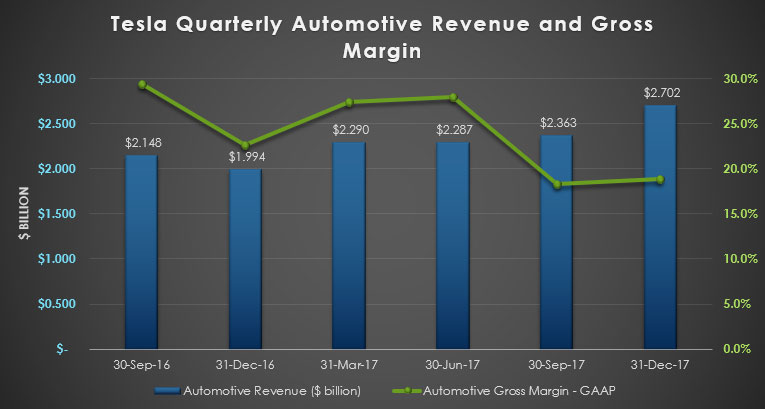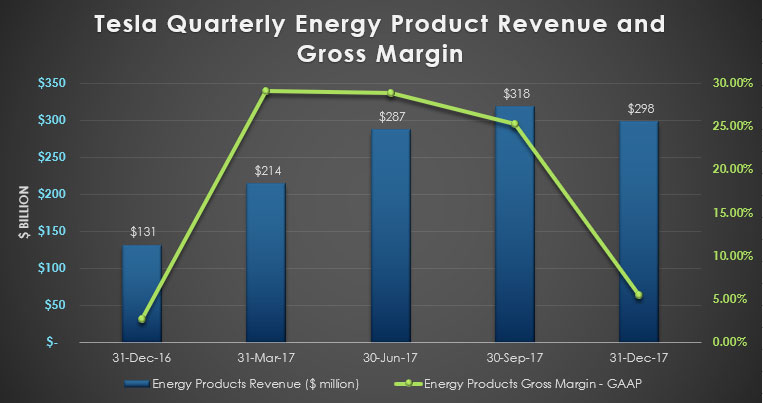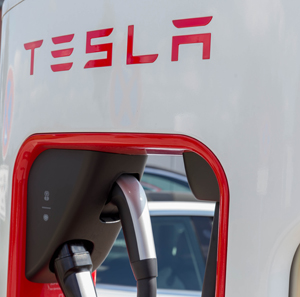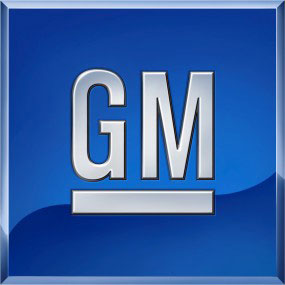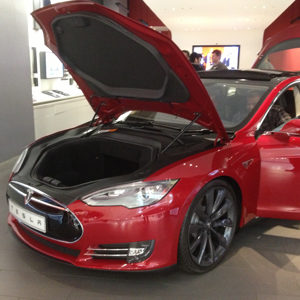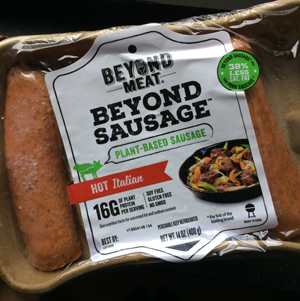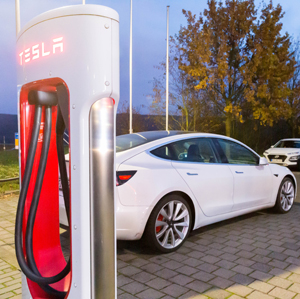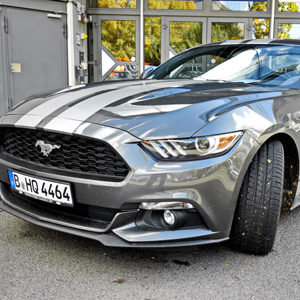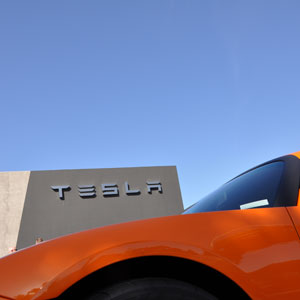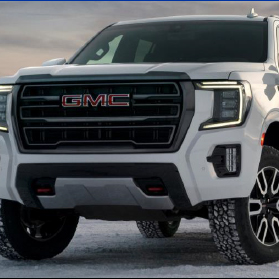Automotive Products
Tesla 4Q 2017 Automotive Revenue and Gross Margin
- In Q4, Tesla delivered 28,425 Model S and Model X vehicles and 1,542 Model 3 vehicles, totaling 29,967 deliveries for the quarter.
- In terms of vehicle production, Tesla produced 22,137 Model S and Model X vehicles. In Q4, some manufacturing resources were allocated to Model 3 production. This has caused the production level of Model S and Model X to drop significantly. Finished-goods inventory level was at the lowest level in about 18 months due to limited Model S and Model X production.
- Concerns about whether Model 3 would cannibalize Model S and Model X were overblown. The opposite was true where there had been an increase in customer foot traffic at stores where Model 3 was on display. This had led to increase in orders of Model S and Model X and Tesla saw an even bigger sales increase in solar generation and Powerwall energy storage.
- Orders for Model S and Model X in Q4 was only slightly lower than that of Q3 all-time high.
- A series of extensive overhaul in Tesla self-driving software has been completed in Q4. The upgrade has improved data collection and analysis and thus machine learning capabilities. Tesla neural net has expanded and is able to collect and analyze more data, enabling a series of new Autopilot features in 2018 and beyond.
- 12 new store and service locations were opened, resulting in a total 330 locations worldwide.
- Mobile Service fleets has expanded to 230 vehicles in Q4. Mobile Service has enabled Tesla to achieve customer satisfaction rate of 98% on average as a result of customers’ better car ownership experiences where they never have to leave their homes or offices to get their car serviced.
- In Q4 alone, Tesla has added 128 Supercharger stations, bringing the total Supercharger stations to 1128 globally.
- For the entire 2017, Tesla charging infrastructure has expanded with the addition of 338 new Supercharger locations.
- Tesla first unveiled the Tesla Semi truck on November 16, 2017. The truck comes with a real-world range of up to 500 miles while pulling a standard payload. Tesla plans to use the Tesla Semi for its own logistic by transporting Model 3 components from Gigafactory 1 to Fremont.
- A next-generation Roadster was also unveiled in Q4. This supercar accelerates from 0-60 mph in just 1.9 seconds and can achieve a maximum speed of 250 mph. Combined with a superior range of 620 miles, the next-generation Roadster puts to rest any debate about the limitation of electric cars.
Energy Products
Tesla 4Q 2017 Energy Product Revenue and Gross Margin
- In Q4, deployment for energy storage products (Powerpack and Powerwall combined) grew 45% from Q4 2016 to 143 MWh.
- The 129 MWh of energy storage deployment in South Australia project would be recognized in Q1 2018 when the commercial transfer to customer occurs in Q1 2018.
- Solar energy generations systems deployment was 87 MW in Q4. This number was 20% less than that of Q3 2017. The reason for the decrease was the closure of certain sales channels and market segments so that Tesla could save cash and focus on projects with better margins.
- Tesla completed the world’s largest battery installation in South Australia in Q4. Tesla used its proprietary Powerpack energy storage product for the South Australian utility company.
- After the completion of this project in South Australia, substantial benefits have been observed especially during high summer demand when supply is limited. In addition, the Powerpack energy storage can instantaneously respond to unplanned power interruptions or frequency drop in the grid.
- There is substantial increase in demand for Powerpack due to the success of the South Australian project. Tesla is seeing a huge opportunity in large scale energy storage in future because of the reliability, environmental and economic benefits of its Powerpack energy storage which is widely recognized by utility companies and government organizations.
- Tesla saw high demand for its Powerwall energy storage product in Q4 where orders were consistently above production level. Significant cross-selling potential exists between Powerwall and solar products as customers who have ordered Solar Roof have also ordered Powerwall.
- Production of solar Roof started at the Gigafactory 2 in Buffalo in Q4. Tesla was ramping the production at slower pace due to the complexity of manufacturing and installation of Solar Roof.
- Tesla expected the production of solar cells at Gigafactory 2 to produce enough for 150,000 residential solar installation every year when fully scaled. All solar cells will be used in both Solar Roof tiles and proprietary high-efficiency retrofit solar panels.
References:
1. Financial figures were obtained from Tesla Quarterly and Annual Reports.
